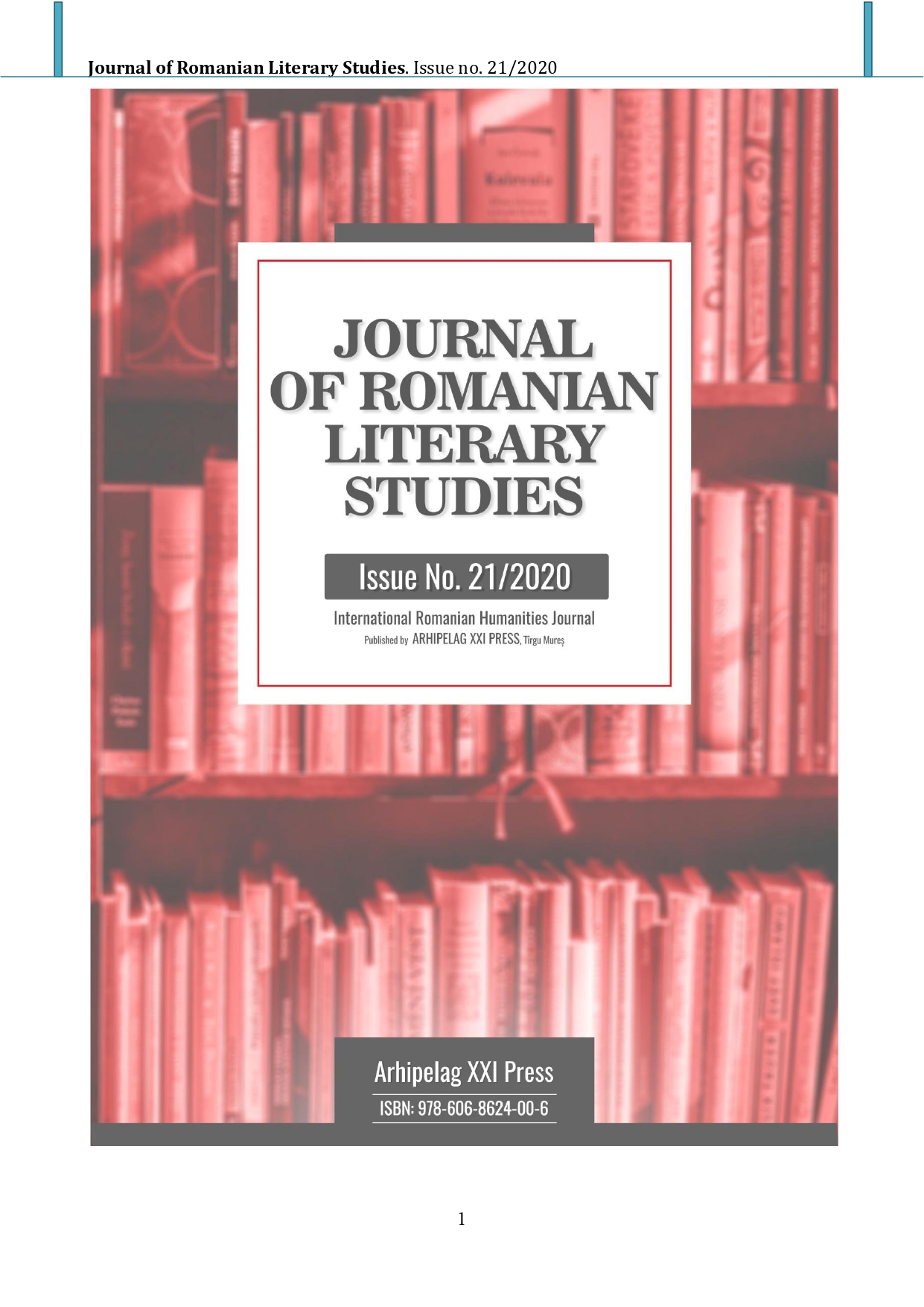THE EMPERROR CONSTANTINE, AS ANALYSED BY TODAY’S LITERATURE
THE EMPERROR CONSTANTINE, AS ANALYSED BY TODAY’S LITERATURE
Author(s): Isabela-Elena SpireaSubject(s): Literary Texts, Cultural history, Studies of Literature, History of ideas, Philology, Theory of Literature
Published by: Editura Arhipelag XXI
Keywords: Constantine the Great; church; Christianity; portrayal; literary analysis;
Summary/Abstract: This work is part of an extensive study that will be based on ancient biography and medieval hagiography, referring to the life of Constantine the Great under the symbol and power of the cross. To carry out this study, the following will be aimed at: rediscovering the tradition and truth about Constantine, reinterpreting the literature of the present, witnessing the journey of the Illyrian emperor from the petrarchy to the end of his earthly reign, observing the point of view expressed by the ostentatious teachers in the field of universal church history as an intercultural dialogue, discovering more about important supporters of the emperor: Eusebius of Caesarea, Eftimie of Tarnovo and Neagoe Basarab, especially because the latter is considered to be a keeper of our national identity. Even if the following work capitalizes on religious sources, it does so with a well determined purpose: to create a portrait as close as possible to the true one of the emperor who has shaped faithfully, but also with the skill of a valuable ruler, the destiny of an empire and of all Christianity. In order to answer the question "Is Emperor Constantine judged by today`s Literature?" it should be made clear that, in this, there will be a real contradiction of ideas and a visible competition between Dan Brown's novel The Da Vinci's Code and that of James L. Garlow and Peter Jones, entitled Da Vinci's Broken Code. The characters of the two works will find themselves in a constant search for arguments, the periodization of religious history also providing the necessary clarifications about the contribution of Emperor Constantine to the organization and evolution of the Christian Church under the scepter of a new symbol: The Holy Cross. Therefore, the Da Vinci Code, also called the Code of Brown, perceived by some readers as a bestseller, will bring the magic of information, but also doubt, highlighting the guilt of Emperor Constantine. DaVinci's Broken Code will be placed in opposition to the Brownian novel, bringing counter-arguments to rehabilitate the Christian iliir. In support of this work will also stand the work "Great Religions" published under the guidance of Philippe Gaudin, which brings to the attention of readers information on the existence of common areas on the coordinates of prophecies and prophecies, symbols and more or less similar holidays. Through the aspects presented it will be observed that the Constantine deeds are having a continuous battle with the Literature Of The Present, that the sensational has gained more and more ground in front of the people, proving a significant influence on personalities and mentalities, by overturning and transforming the historical and religious truth.
Journal: Journal of Romanian Literary Studies
- Issue Year: 2020
- Issue No: 21
- Page Range: 846-854
- Page Count: 9
- Language: Romanian

